SEARCH






|
|
|
|


by Editor Siarhei Mikhaliuk
The objective of this photo project is to show the greatness and originality of the masterpieces of architecture in the north of Russia.
The authors of this project are Russian photographers.
Dymnikov Alexander - Chairperson of Photographers of St. Petersburg, Russia.
Alexander took part in a number of expeditions in order to search for traces of the technologies of ancient civilizations in Peru, Bolivia, Egypt, Syria, Lebanon, Iran, Turkey, Greece and Israel.
Member of many exhibitions.
Photos of Alexander Dymnikov are stored in the State Russian Museum, in the State Museum and Exhibition Centre of Rosfoto, in the Museum of the History of Photography, in the State Museum “Tsarskoye Selo Collection”.
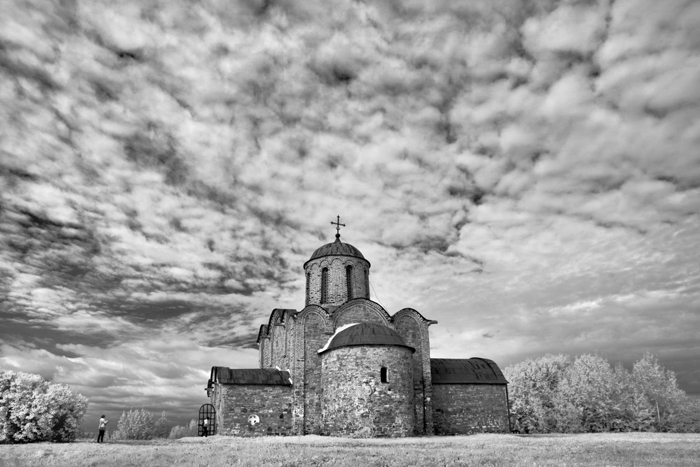
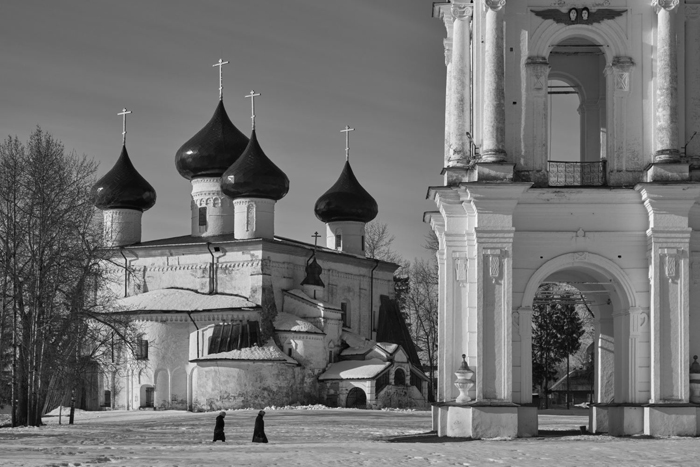
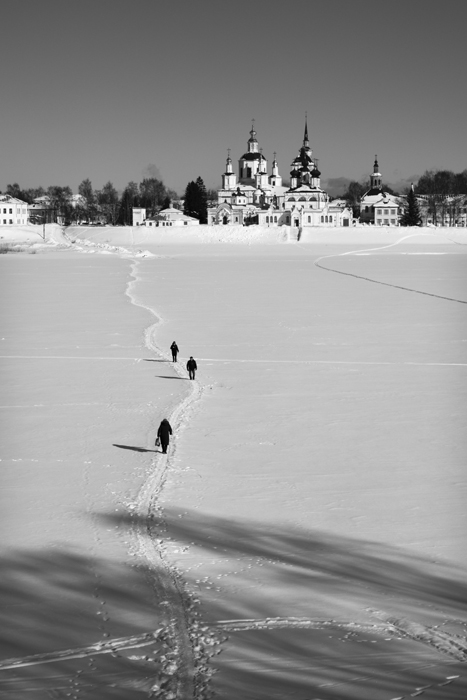
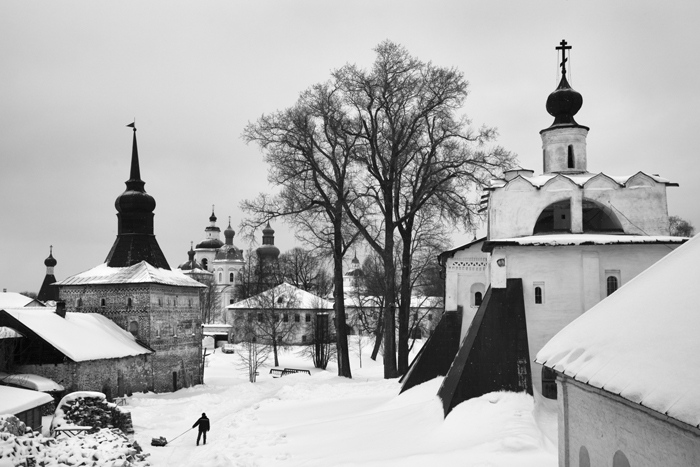
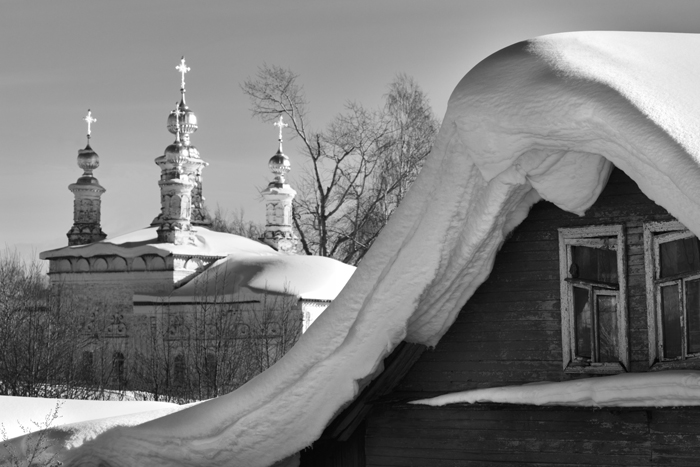
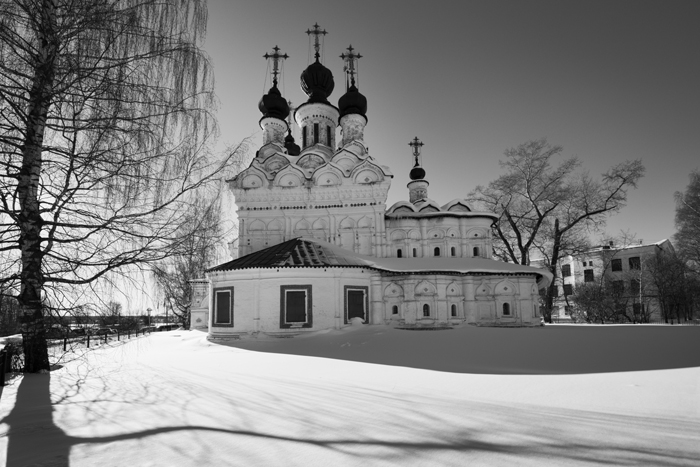
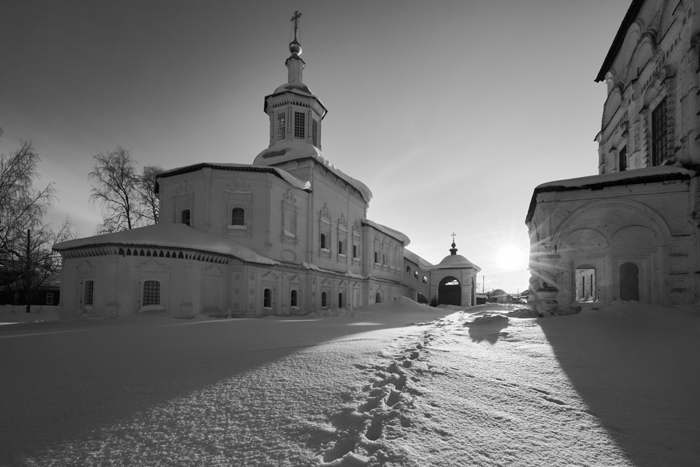
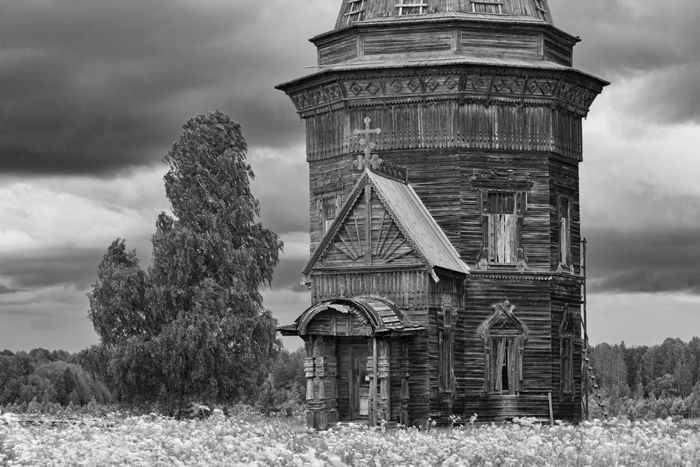
1
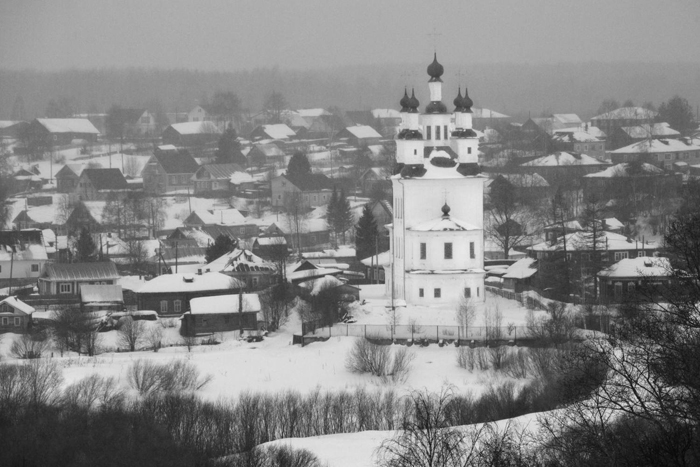
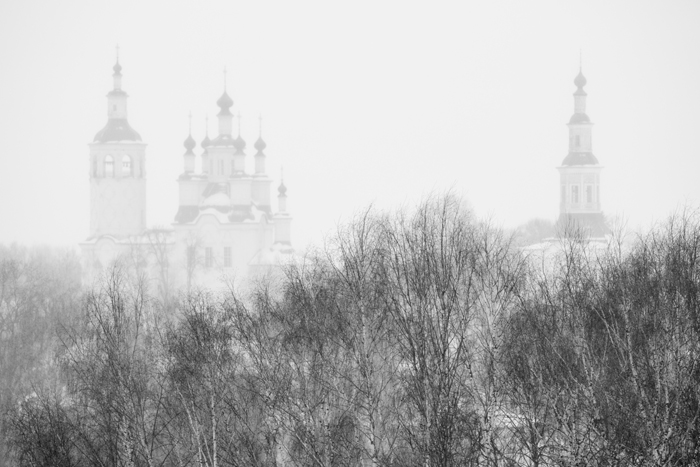
Degtyarev Valery - Member of the Union of Photographers of Russia.
Valery participated to of more than 300 city, union and international exhibitions.
Three times laureate of All-Union exhibitions of art, the owner of bronze medals at the international exhibitions "Europe-83", "Europe-93" in Spain.
His works are in the State Russian Museum, in private collections in the USA, Germany, Greece.
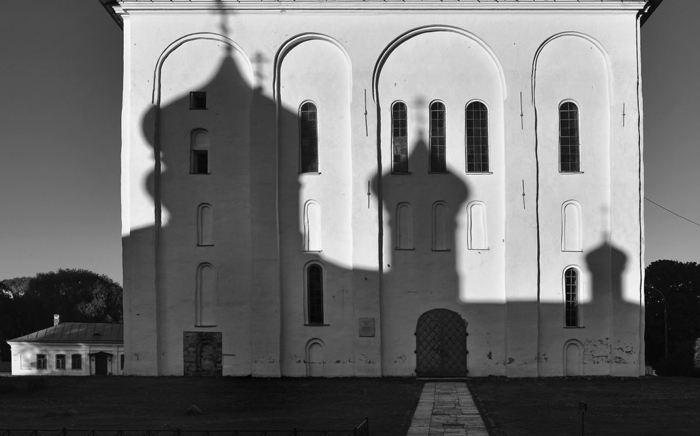
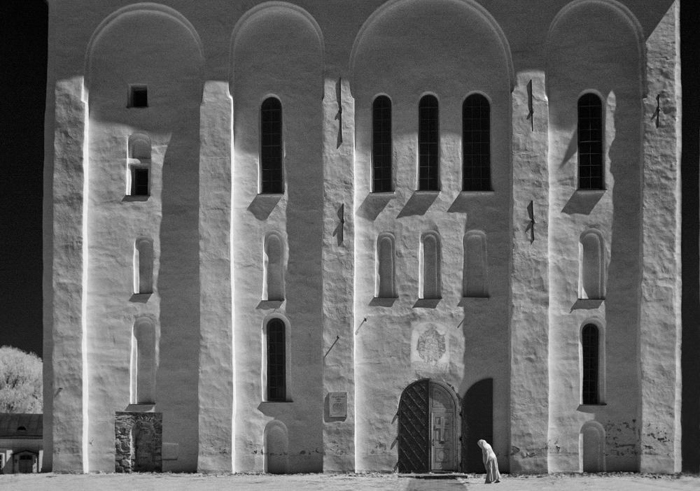
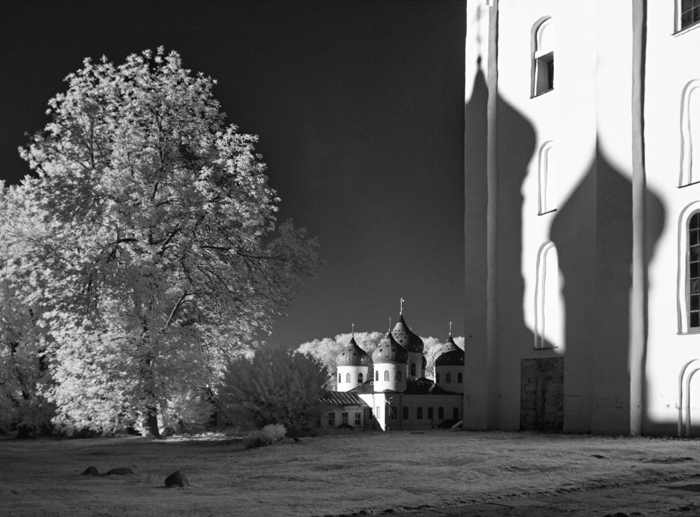
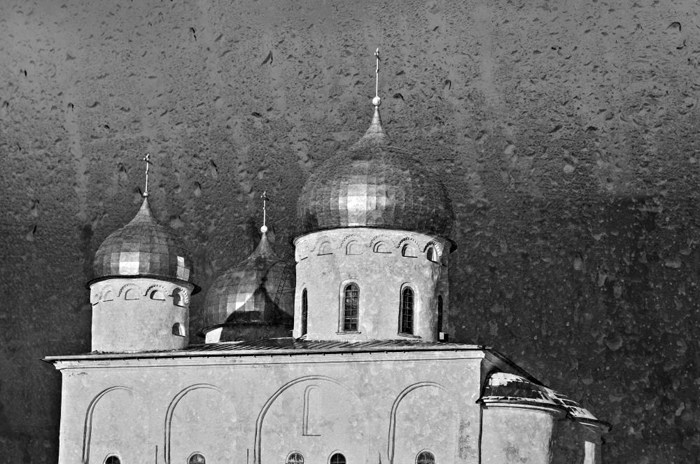
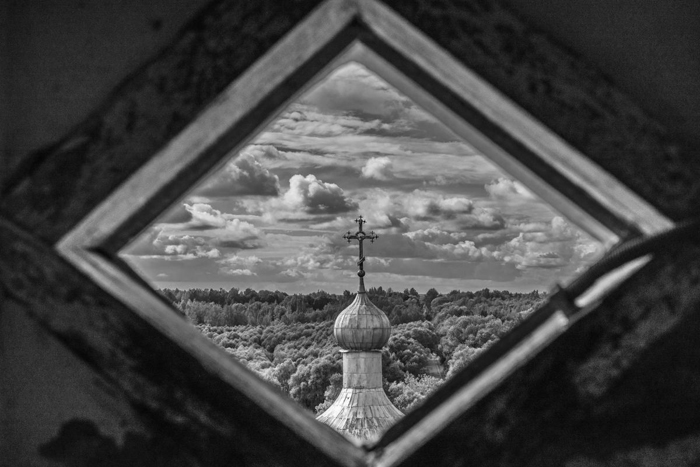
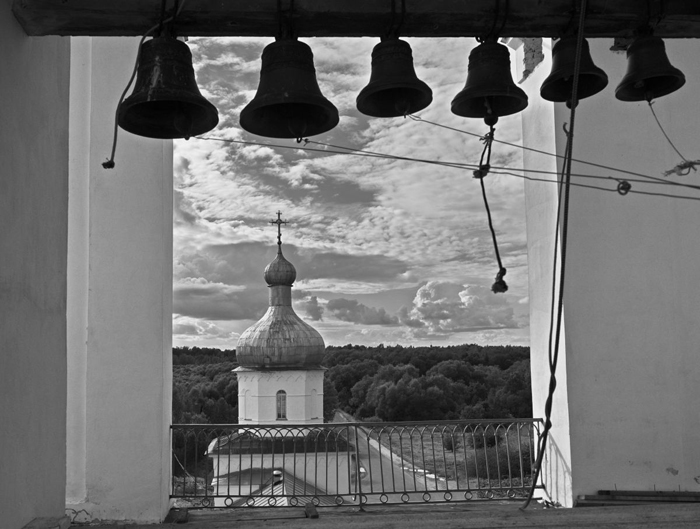
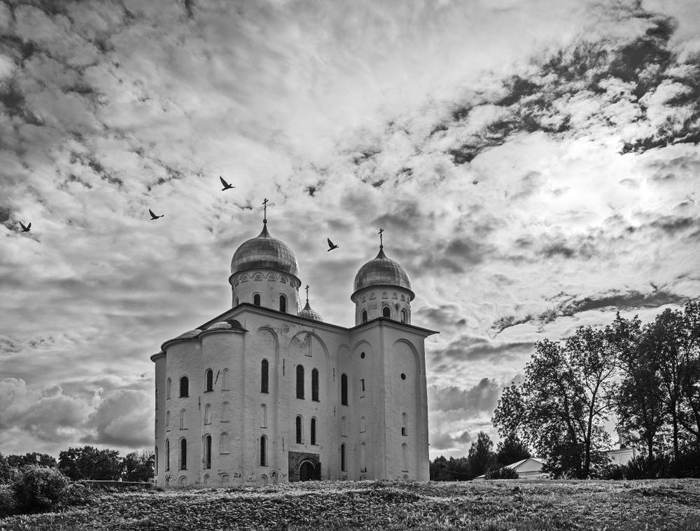
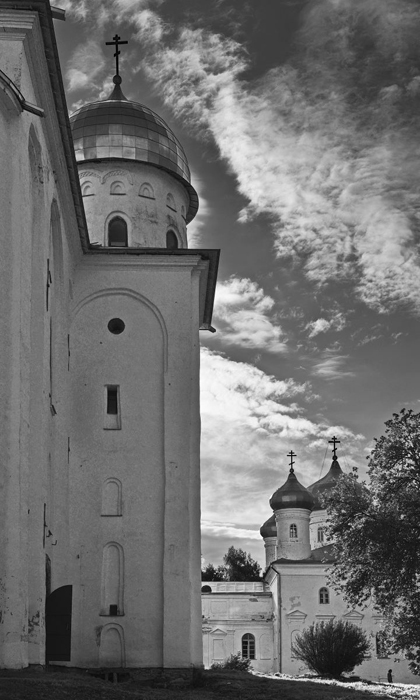
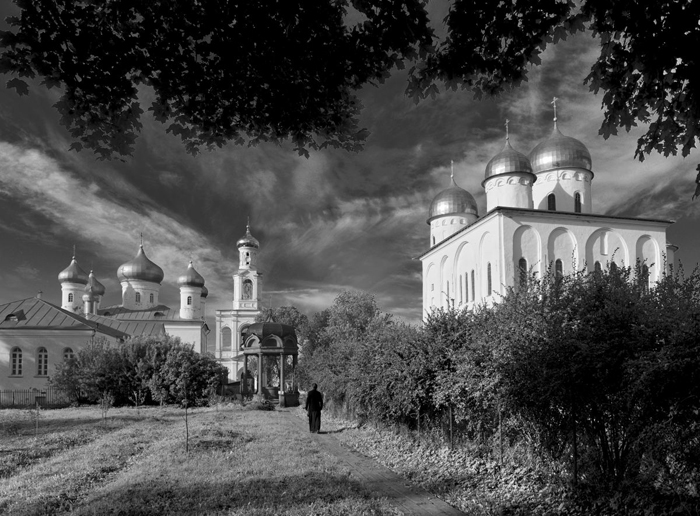
Andreev Sergey - Member of the Union of Photographers of Russia.
Sergey is the author of many exhibitions. The photographs of Sergey Andreev are simple and concise. The author selects a significant fragment of the environment, eliminating all unnecessary and secondary.
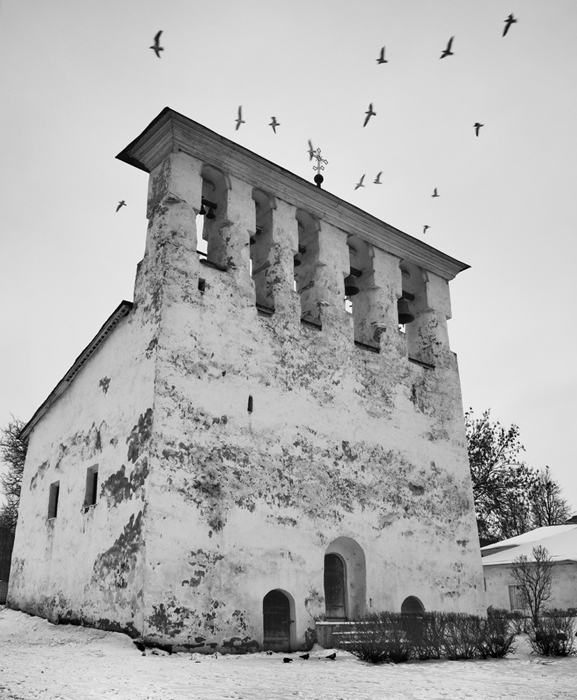

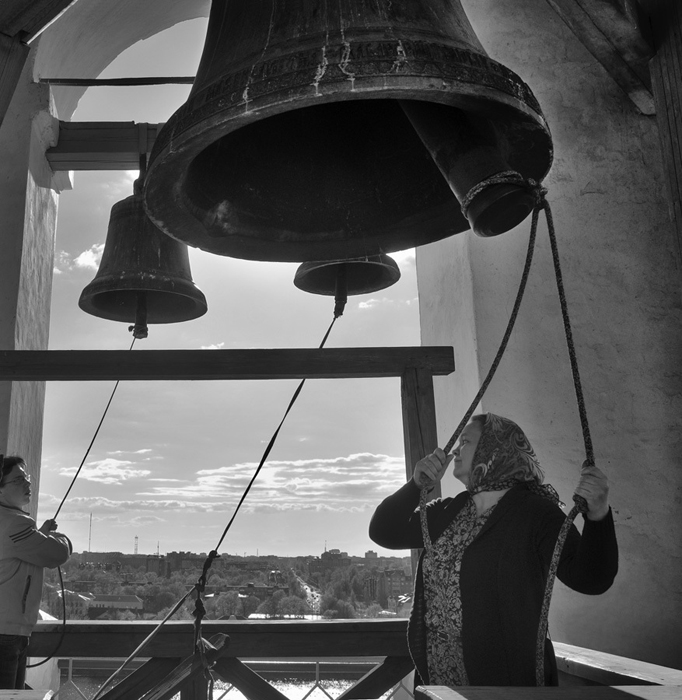
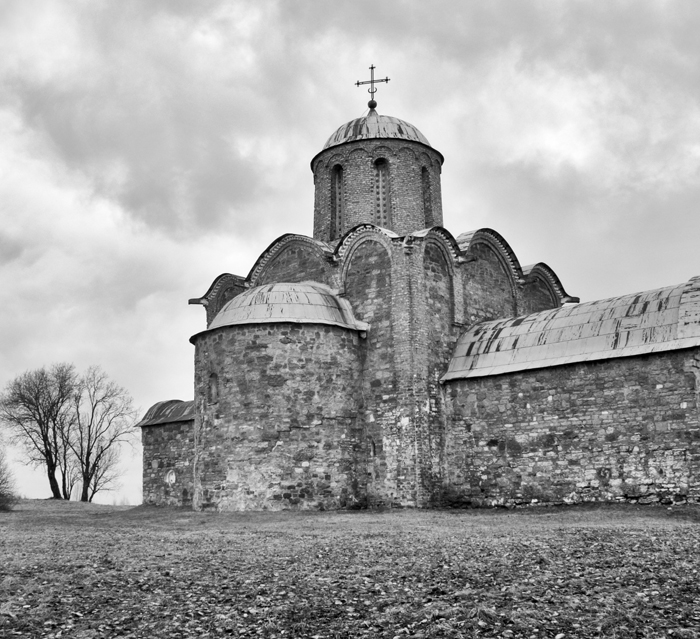
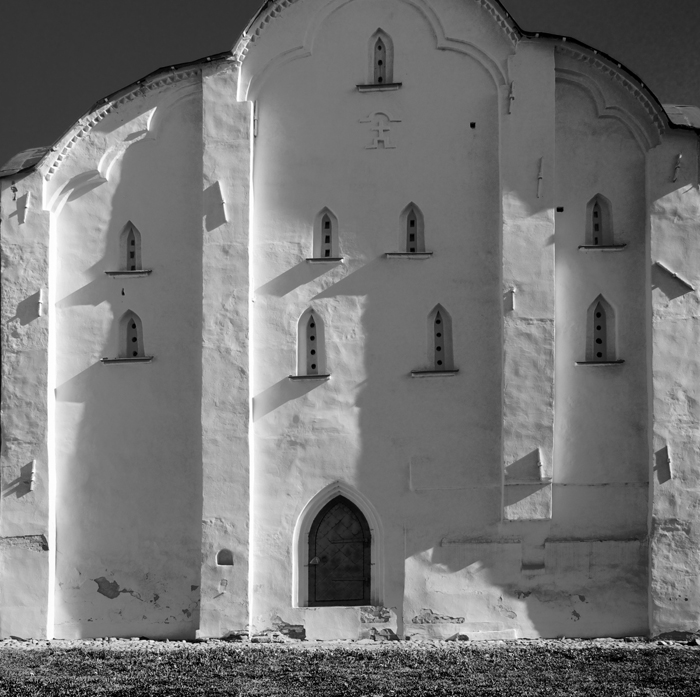
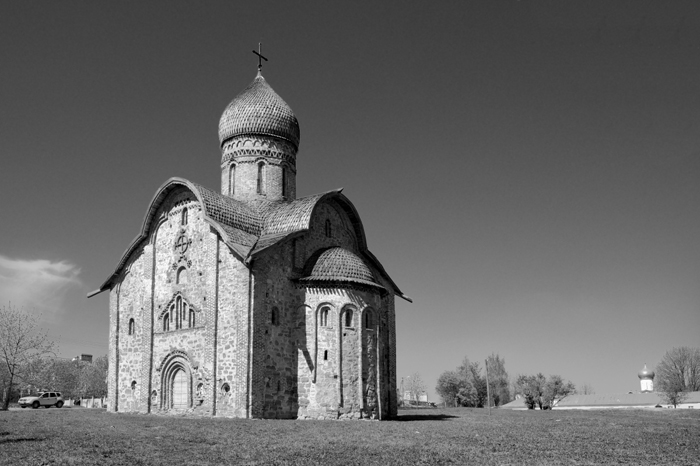
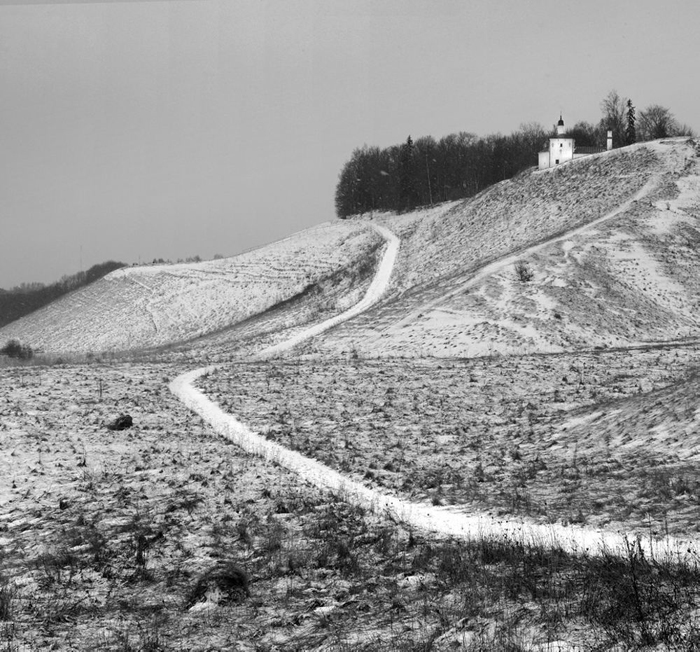
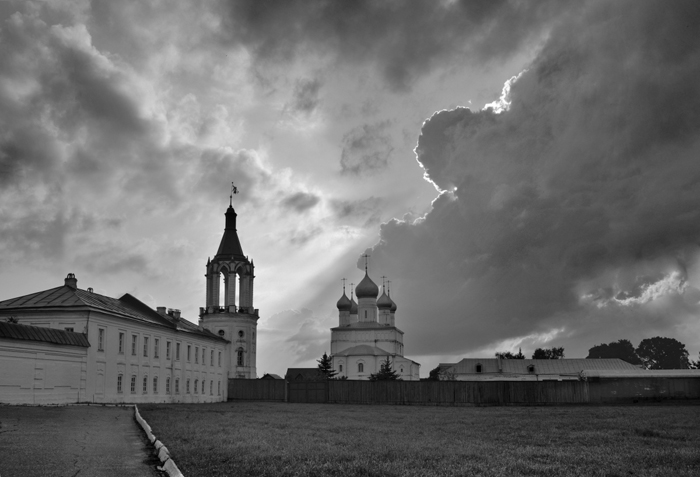
HISTORICAL FACTS
At first, after the baptism of Rus, Christian churches were built under the guidance of Byzantine architects. In the 12th century, according to annalistic sources, mass construction of churches by local craftsmen begins.
As a result of this action, an incredible aesthetic growth takes place in Russia, which gave Russia several masterpieces of ancient architecture of the 12-13th centuries. More than ten stone churches of this time have been preserved in Novgorod and Pskov, Suzdal and Vladimir, Staraya Ladoga and Yuryev Polish. They are impressed by their harmonious refined forms, a special aesthetic appearance that distinguishes them from previous temples, and from the work of Byzantine masters.
The transition from pagan traditions to Christianity was a long one. Temples of 12 - 13 centuries belong to the beginning of the transition period. At these temples we can see architectural features of the pre-Christian era, about which very little is known to people.
Pagan temples were built on the site of ancient pagan shrines and were built in “strong” places - places of communication with the forces of nature. Christian churches were built in the centre of the settlement. This explains the aesthetic stratification of Russian architecture - the inclusion of temples in the surrounding landscape. This is visible in the photographs.
The masterpieces of the Russian North are not well known in Russia and completely unknown in the world. There is no mass tourist flow in the north. The most beautiful village of Russia - Gimzhu, in the lower reaches of the Mezen in the Arkhangelsk region, is visited by only about a thousand people a year.
The preserved unique temples of ancient times are a complex and multi-layered image. It includes a continuous aesthetic connection with the culture of previous centuries, and possibly millennia.
 | Write |
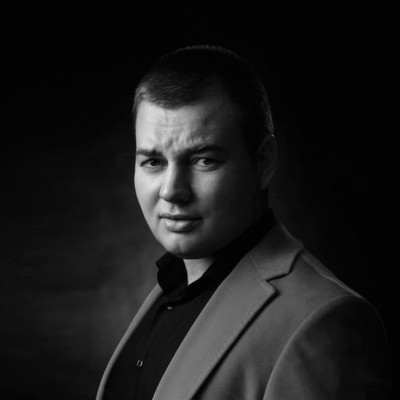 | Mikhail Potapov CREW Congratulations to Alexander! Thank you Siarhei Mikhaliuk ! |
 | Yvette Depaepe CREW Most interesting article about the 'unknown' and 'unseen' temples of the Russian North, Siarhei. Thanks for sharing this with us all. Best regards, Yvette |
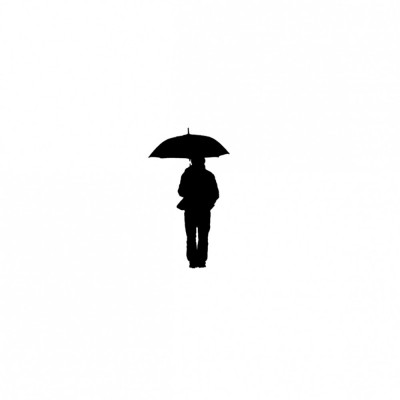 | Massimo Della Latta Splendid |